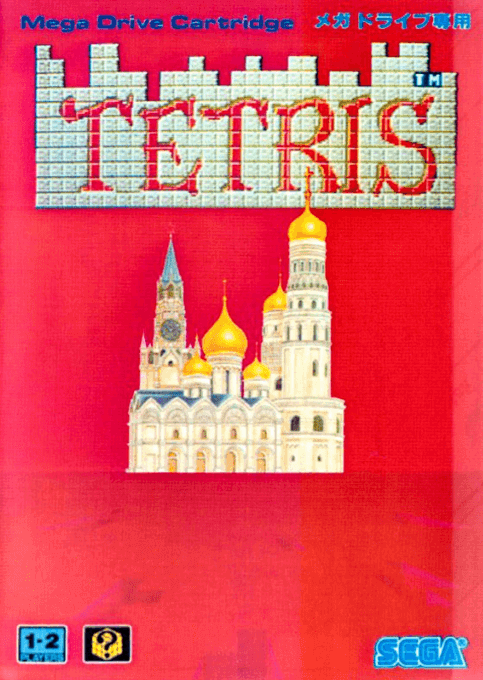
PLAYERS: 1-2 simultaneous/alternating
PUBLISHER: Sega
DEVELOPER: Alexey Pajitnov (port by Sega/Sanritsu)
GENRE: Puzzle/falling-block
RELEASE DATE: 1989 – (JP)
Those of us who grew up gaming strong in the 80s and 90s tend to associate Tetris with Nintendo. Whether we danced to colorful Cossack ditties in the comfort (and privacy) of our own home with the NES version or struggled to see the blurry gray-and-green falling shapes on the Game Boy, Tetris and Nintendo are synonymous with those of a certain era.
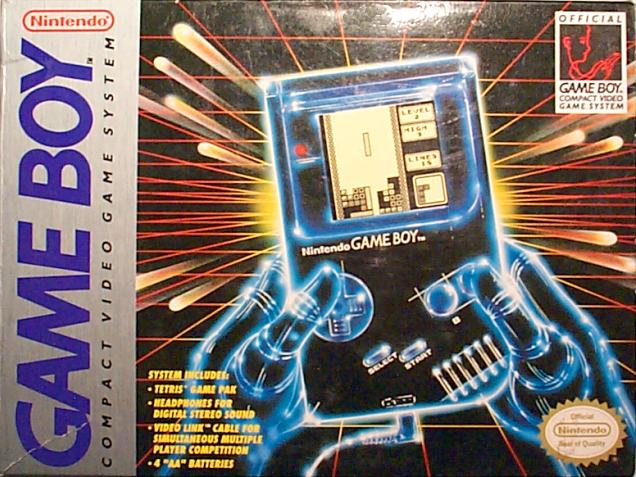
But before Nintendo was awarded the exclusive rights to the home versions from the Soviet organization, Elorg (short for “Elektronorgtechnica”), Tetris was everywhere, both legally and illegally. Mirrorsoft and Spectrum Holobyte published a handful of computer versions of Tetris in the late 80s under a sketchy license from Andromeda, not Elorg directly. Atari Games acquired the license directly from Elorg to manufacture Tetris arcade games in the States. Atari then sub-licensed the arcade rights out to Sega in Japan. Finally, Bullet-Proof Software received the rights from Elorg to develop Tetris for the Japanese console and handheld market.
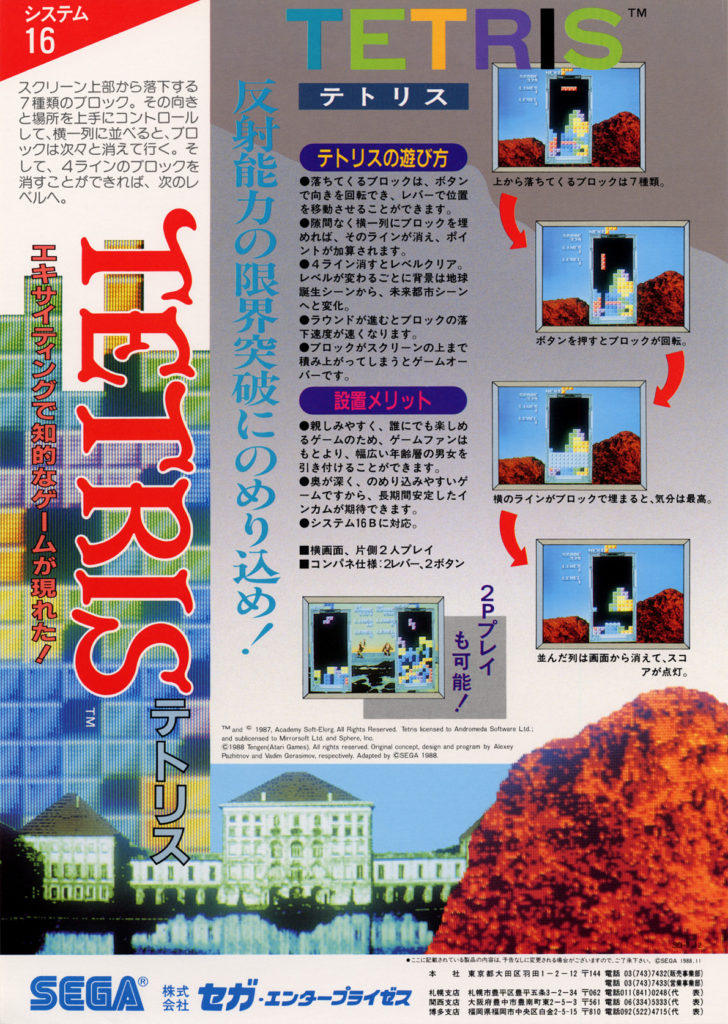
In 1989, founder of Bullet-Proof Software Henk Rogers got the exclusive rights for Nintendo to publish the console and handheld versions of Tetris in America and all non-Japanese territories. While the NES version was a moderate success, the Game Boy version of Tetris was a phenomenon; without Tetris, it’s safe to say that the Game Boy would not have been as successful as it was. Around this same time, Atari published an NES version of Tetris via their console software division, Tengen, but were told to cease-and-desist by Nintendo. A years-long, Atari-instigated lawsuit ensued, with Nintendo eventually winning.
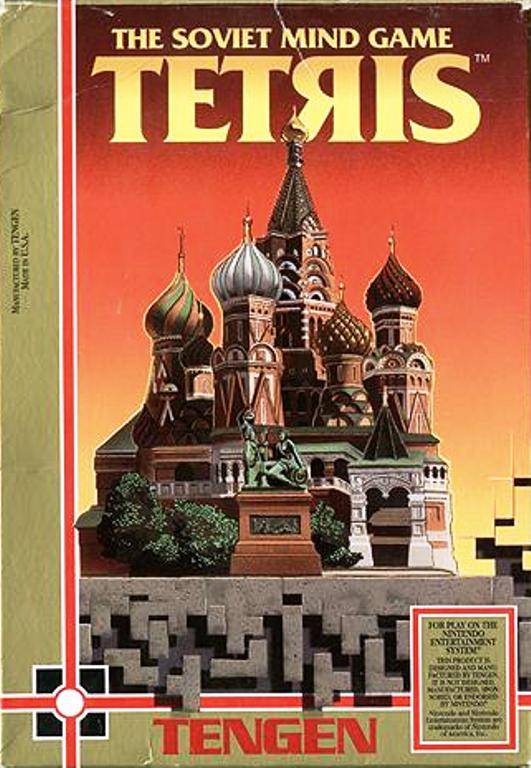
Sometime in 1989, after Sega’s Tetris arcade proved successful in the Japanese market, Sega developed a port for the Mega Drive. Just as they were getting ready to release it, however, “sales [of the port] were blocked in Japan, likely this time by Bullet-Proof Software.” This information comes from Sega Retro, and while there’s a good chance it’s true, I have yet to find any evidence of this. Whatever happened, something spooked Sega good. And unlike the strong-willed Atari, Sega wisely decided not to pursue legal action. If Atari – who gave Sega the arcade license they were currently using – couldn’t beat the mighty Nintendo in court, Sega wouldn’t have stood a chance.
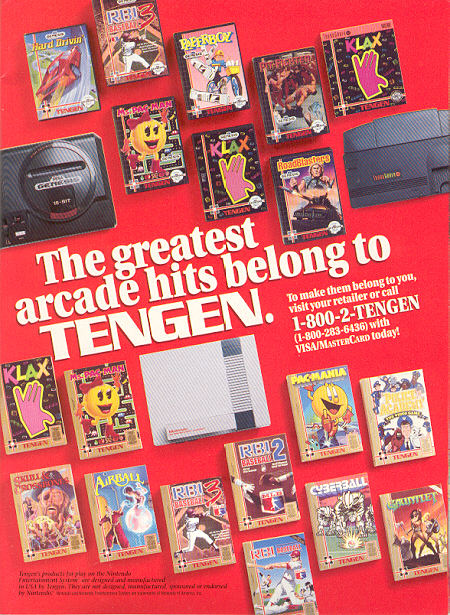
As a result, supposedly less than ten official Tetris Mega Drive carts were produced, though many unofficial copies are circulating out in the wild. In fact, one showed up on eBay some years ago with a Buy-It price of a million dollars! (You don’t need me to tell you Sega’s Tetris isn’t worth a million dollars, right? Even if this was the best playing, best looking, best sounding version, Tetris is Tetris. You could play the game on a calculator or your grandma’s flip phone and, in theory, have the same amount of fun.)
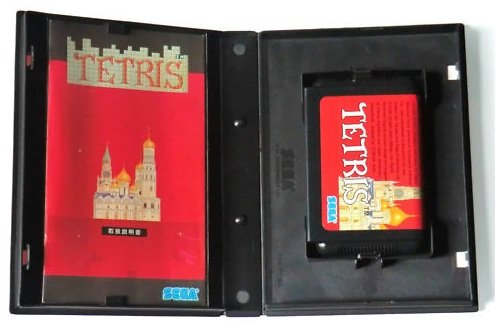
Why mince words? Sega’s version of Tetris feels like an imposter to the throne. The blocks might look the same as they always have, and they all spew out from God’s neverending tetromino bucket like they do in every other iteration. But behind the traditional falling-block gameplay are terrible design choices that prove Sega made the right decision to not release it.
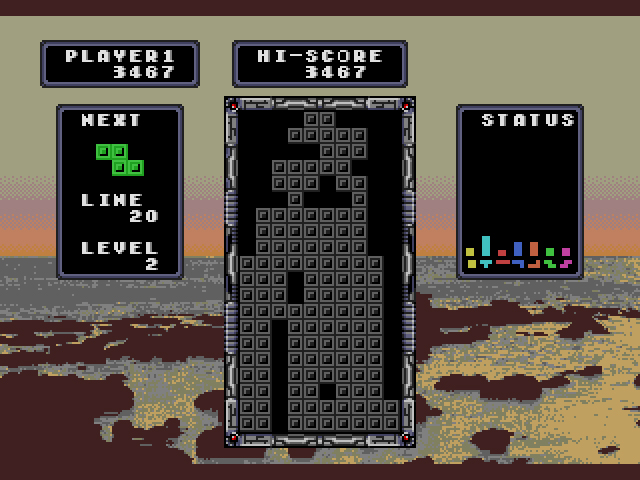
This is not your beautiful Tetris, folks. The blocks don’t respond to your button presses as quickly as the NES version. They’re also heavier, and as a result, it takes longer to turn them in the direction you want them. Also, when you set the blocks down, they fall incredibly fast, like they’re weighted; last-minute decisions are not really an option here. Avoid the ‘C’ button at all costs unless you’re a capital-G Gambler. While ‘A’ and ‘B’ turn the blocks clockwise and counter-clockwise as you’d expect, ‘C’ drops the block down at full speed. One wrong press could ruin your foundation.
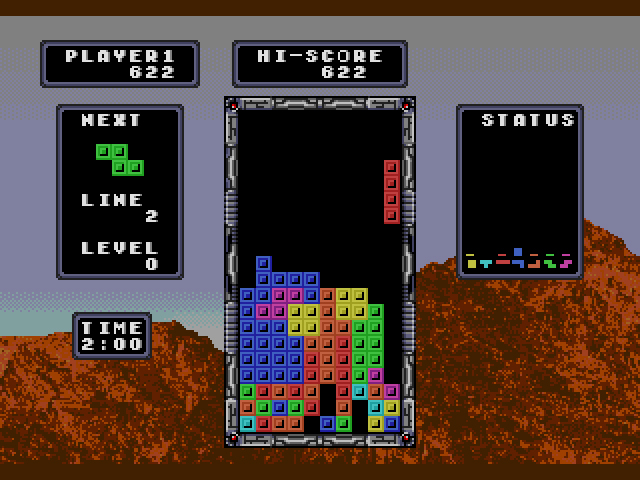
In the NES version, the moment a block appears, you’re able to move it in the direction you desire and place it down. The next block emerges immediately and the cycle continues. This immediacy enables there to be an unceasing flow of action during play. In the Mega Drive version, when the blocks first appear, you’re unable to move them in any direction until they have come completely into view. This might not sound like a huge deal, but it’s essentially forced lag that prevents you from playing. Perhaps this pause will help some people figure out where they want to place the next block, but it interrupted my typical Tetris flow.
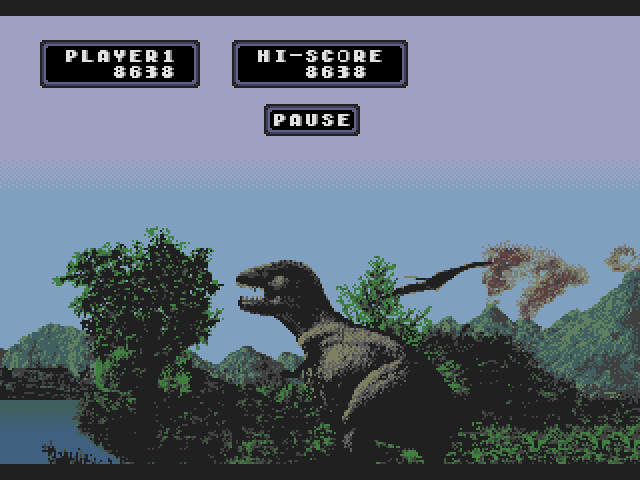
I’ve always been under the impression that every match on every version of Tetris generates the various tetrad shapes at random. Mega Drive Tetris doesn’t always follow this rule. In fact, in most matches I played, the game picks one or two shapes per match, then releases three or four of those specific shapes all in a row, without fail. Until it does this, these particular shapes are often withheld from the match. Has anybody experienced this phenomenon in other versions of Tetris or is this something specific to the Mega Drive version?
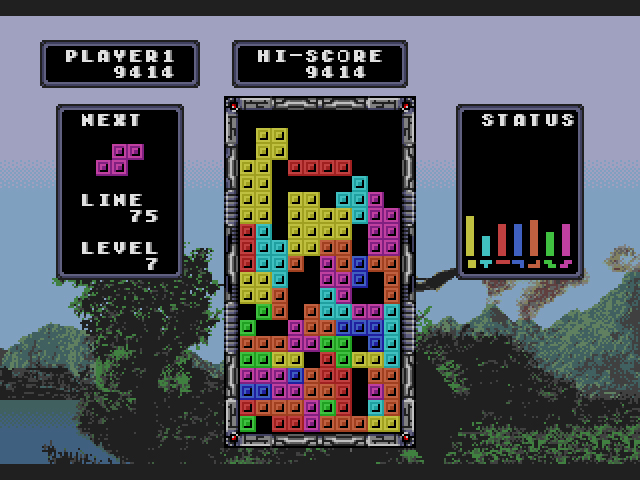
The soundtrack is a throbbing nightmare compared to the brilliant catchy music found in the NES and GB versions of the game. The solitary tune that accompanies every match is an amelodic abomination, more suited to some post-modern art exhibit than to encourage your play. Weep for the Mega Drive’s fantastic YM2612 sound chip, as it was tortured in the making of this composition.

There are more modes here than in the NES and Game Boy versions, including Time Trial (three minutes to play as much as you can), two-player Versus, and Doubles (you and a partner each control a falling block down a single playing field). You can also turn on Item Blocks, which blink and will explode the surrounding area if placed properly. Unfortunately, having additional ways to play this supremely flawed version only highlights said flaws several times over.
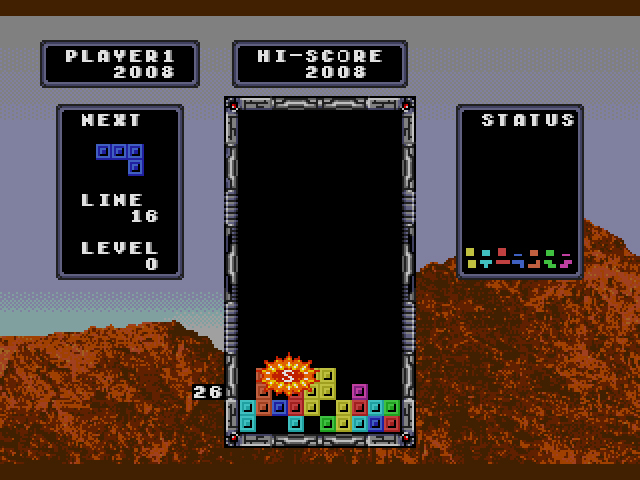
Even if Sega took Tetris off the market for purely legal reasons, their decision to shelve it and find a different puzzle game was the correct one. Not counting the Tetris keychains that were popular in the late 90s, I wasn’t aware that there was a less-than-optimal version of the game. By gar, Mega Drive Tetris is it: clunky, slow, and so, so wrong.
D

8 replies on “Tetris (Mega Drive, 1989)”
Coincidentally I played this today on my Everdrive. Your review is on the money I couldn’t articulate what was wrong with it.
Fortunately your review does a great job of highlighting the issues. The lag you refer to is almost game breaking IMO.
Between this and Columns the Mega Drive hasn’t had the best of starts puzzle game wise, fortunately Mean Bean Machine and Lemmings are still to come.
Thank God for Mean Bean Machine/Puyo Pop, the savior of the puzzle genre on the Genesis.
Great review. Sega’s spins on other companies’ franchises tended to work out well, so this is a bit of a disappointment…
Yeah, I was hoping this would be the secret best version of Tetris. Instead, it’s the secret worst!
Wow… hard to imagine a bad Tetris game. I mean, Tetris is like pizza… even bad pizza is good pizza. But it does stir up fond memories of the Game Boy version. To this day I attribute my uncanny skill of packing a U-haul to the brim to the many blissful hours of Tetris I wasted.. err.. invested… in my youth…
It is strange. But if you invested hours in the Game Boy version, this one will feel off in all the worst ways.
After reading your post, I went and found a free online Tetris game. My wife came in and said, “What are you doing?” “Playing Tetris.” Her reply: “So you’re practicing packing? Are we moving?”
They should have toughed it out with the space traveling, life saving, cigarette smoking, blurry blue streak known as Pengo. 😉